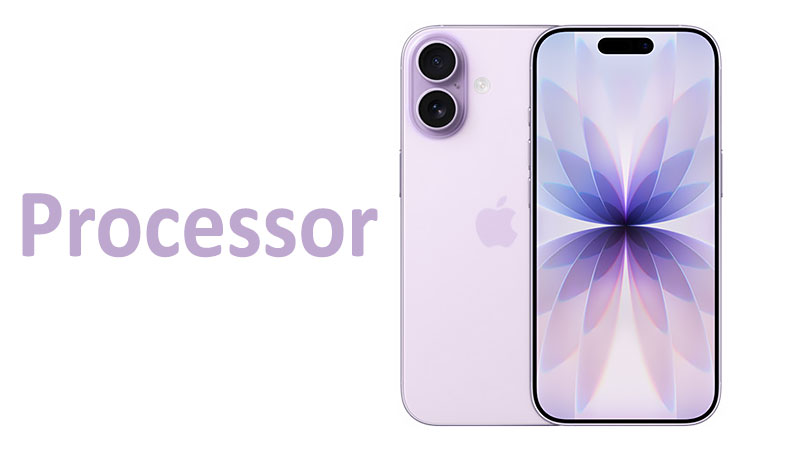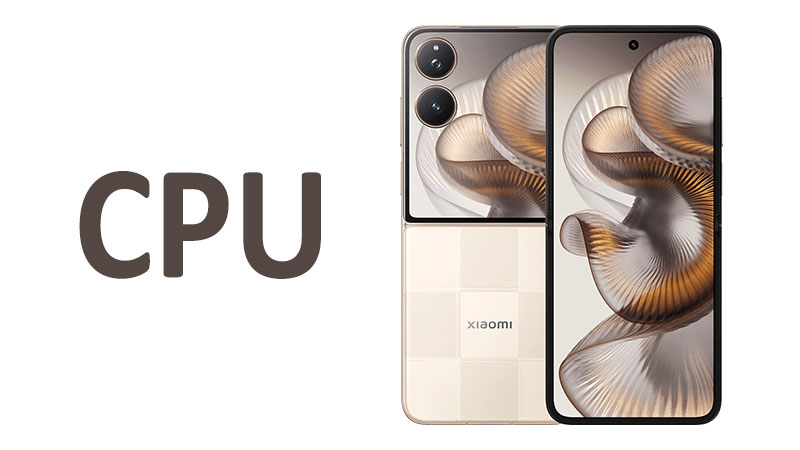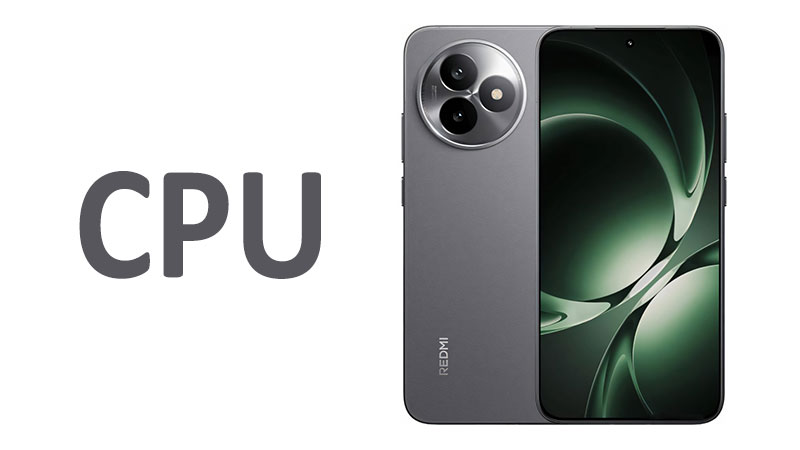The arrival of a new Apple iPhone is always a significant event in the technology world. At its heart lies a new processor, the engine that defines the user experience. For the iPhone 17, that engine is the Apple A19 Bionic chipset, a silicon marvel that promises to set a new benchmark for mobile computing. The A-series has long been Apple’s secret weapon, providing a tight integration between hardware and software that few competitors can match. This review offers a deep dive into the A19 Bionic, exploring its core technology, performance metrics, and the tangible benefits it brings to the user. We will dissect its architecture, compare it to its predecessors and main rivals, and ultimately help you understand what this new processor truly means for the future of the iPhone.
A New Era for Mobile Chips: The Foundation of the iPhone 17
The Apple A19 chip is more than just a component; it is the technological core of the iPhone 17. From managing the simplest background processes to powering the most graphically intensive applications, this chip is responsible for the fluidity, responsiveness, and efficiency of the entire device. Its design is a culmination of years of research and development, building on the strong legacy of Apple’s A-series processors. This year, the focus is on a major leap in efficiency and on-device machine learning, which are critical for the next generation of mobile experiences. The A19 is a statement of intent, pushing the boundaries of what is possible in a handheld device.
Unpacking the A19 Chip: The Core Specifications
Apple has built a powerful new processor. The A19 chipset uses a 3nm manufacturing process. This small size is very important. It allows for more transistors. More transistors mean greater power and efficiency. This design is a major technical achievement. It improves every part of the iPhone’s operation.
The CPU: Hexa-Core Power
The CPU is the brain of the chip. The A19’s CPU has six cores. It is a hexa-core design. These cores are not all the same. Two cores are for high performance. They run at 4.26 GHz. They handle demanding tasks. The other four cores are for efficiency. They manage everyday activities. This division of labor is smart. It balances power and battery life. This architecture ensures smooth performance. It also helps the phone conserve energy.
Specialized Comparison: The A19’s CPU is a significant upgrade. The previous A18 chip had a similar core count. However, the A19’s clock speed is higher. It also has architectural improvements. This makes it faster and more responsive. Its design helps the iPhone 17 multitask with ease.
The GPU: Graphics Powerhouse
The A19 chipset features a new GPU. It is an Apple GPU with 5-core graphics. The GPU handles visuals. It is essential for gaming and augmented reality. A more powerful GPU provides smoother graphics. It also delivers more realistic visual effects. This is a huge benefit for users. It enhances the visual experience of the iPhone 17.
Specialized Comparison: The A19 GPU improves on the A18’s design. It adds new graphics features. These include hardware-based ray tracing. Ray tracing creates more realistic lighting. This technology makes games look incredible. The A19’s GPU will give the iPhone 17 a clear edge. It will outshine many rival devices in graphics.
The Neural Engine: The Brain for AI
Artificial intelligence is everywhere. The A19 includes a powerful Neural Engine. It handles machine learning tasks. This includes facial recognition and voice commands. It also powers computational photography. The Neural Engine is more efficient. It processes more tasks on the device. This improves privacy and speed. It is a key component for modern features.
Specialized Comparison: The Neural Engine is a big focus for Apple. The A19’s Neural Engine is faster than the A18’s. It performs trillions of operations per second. This speed boost is crucial for new AI features. It powers things like on-device AI tools and smart photo editing.
The 3nm Process: Efficiency and Performance
The 3nm process is a breakthrough. It allows engineers to pack more transistors. The transistors are more densely packed. This provides two key benefits. First, it increases overall performance. The chip can perform more calculations per second. Second, it greatly improves power efficiency. The smaller size means less energy consumption. This leads to a much longer battery life.
Pros of the A19 Chipset
The A19 chipset offers many advantages.
- Superior Performance: The CPU is fast. It handles demanding apps and games easily.
- Enhanced Graphics: The 5-core GPU delivers stunning visuals. It offers a premium gaming experience.
- Energy Efficiency: The 3nm process saves battery life. It allows for longer usage.
- Advanced AI: The Neural Engine is very powerful. It enables next-generation AI features.
- Future-Proof: The A19 is built for tomorrow’s apps. It ensures the iPhone 17 will stay fast for years.
Cons of the A19 Chipset
Even the best chips have a few drawbacks.
- Potential for Heat: High-performance cores can generate heat. The iPhone 17’s design must manage this well. Poor heat management can lead to performance throttling.
- Limited Customization: Apple’s ecosystem is closed. Users cannot modify the A19 chip’s performance. It is not an open platform.
- Incremental Gains: Some users may not see huge differences in daily use. A casual user might not notice the jump from A18.
A19 vs. The Competition: A Head-to-Head Analysis
The A19 chipset competes with other powerful chips. Its main rivals are Qualcomm’s Snapdragon. It also competes with MediaTek. Apple has a unique advantage. They design the chip specifically for their software. This allows for unmatched integration.
A19 vs. Snapdragon
The Snapdragon series is strong. Qualcomm makes it for Android phones. Snapdragon chips are often very powerful. They also have a lot of cores. However, Apple’s A-series chips often lead in single-core performance. The A19’s single-core speed gives it an edge. It makes tasks feel very responsive. The A19’s tight integration with iOS is another plus.
A19 vs. MediaTek
MediaTek has made big strides. Its chips power many Android devices. MediaTek focuses on a good balance. It offers solid performance for a lower cost. The A19 is a premium chip. It targets the very top of the market. Its raw power and efficiency are superior.
The User Experience: What It All Means
All these technical specs matter. They translate to a better user experience. The A19 chipset makes the iPhone 17 incredibly fast. Apps open instantly. Games run at high frame rates. Multitasking is seamless. The phone stays cool during heavy use. It also lasts all day on a single charge. This chip makes the iPhone 17 a true powerhouse. It is a device for power users.
Important Points for Buyers
For those considering the iPhone 17, it’s important to understand the full implications of the A19 Bionic chip. The chip is a significant upgrade that delivers in key areas: speed, graphics, and efficiency. However, its full potential will only be unlocked as developers create applications that take full advantage of its powerful GPU and Neural Engine. The A19’s advanced architecture also makes the iPhone 17 a future-proof device. It is designed to handle major iOS updates and new technologies for years to come, ensuring your investment retains its value and remains highly capable.
Conclusion
The Apple A19 chipset is a triumph of engineering. It offers powerful performance. The chip also excels at efficiency. Its new CPU and GPU provide impressive speed. The Neural Engine revolutionizes AI tasks. The 3nm process ensures long battery life. While it has some cons, the A19 is a leader. It makes the iPhone 17 a compelling device. This processor delivers on every front. It is perfect for both gamers and professionals. The A19 chip is a major reason to consider the iPhone 17. It promises an incredible user experience.
FAQ
What is the A19 Bionic chip?
The A19 Bionic is a new mobile processor. It is made by Apple. The chip powers the iPhone 17.
How fast is the A19 CPU?
The A19 has a hexa-core CPU. It has two high-performance cores. They can reach speeds of 4.26 GHz.
What does “3nm chipset” mean?
This refers to the size of the transistors. A 3nm process is very small. It makes the chip faster and more efficient.
Does the A19 support ray tracing?
Yes, the A19’s new GPU supports hardware-based ray tracing. This creates realistic lighting in games.
How does the A19 improve battery life?
The 3nm process is more power efficient. It uses less energy. This allows the iPhone 17 to have a longer battery life.



